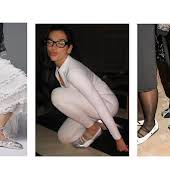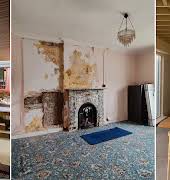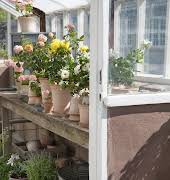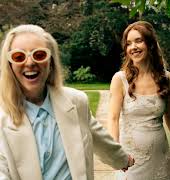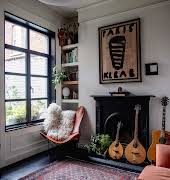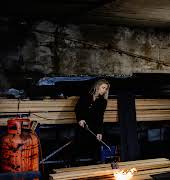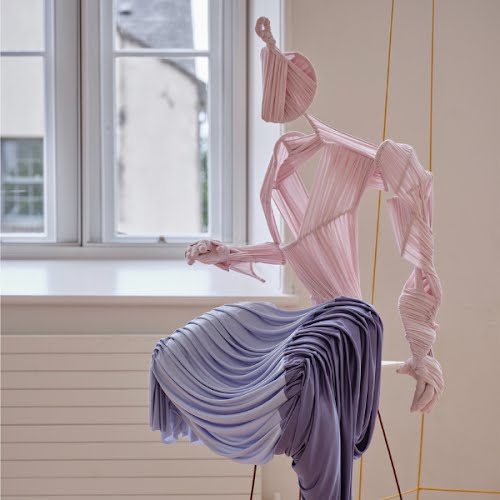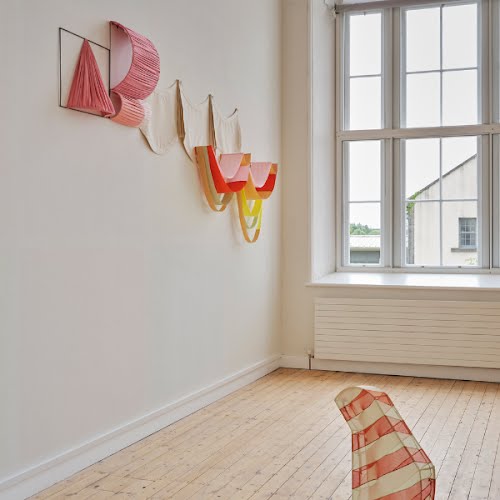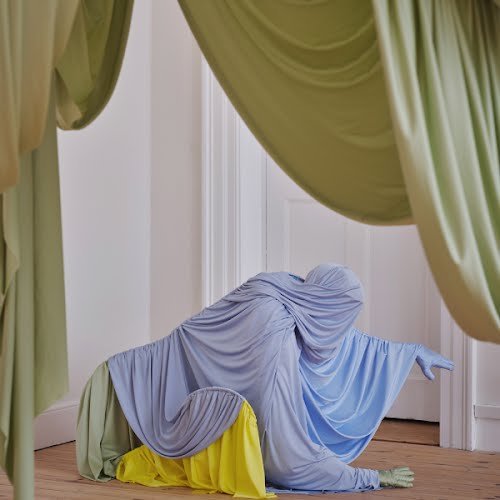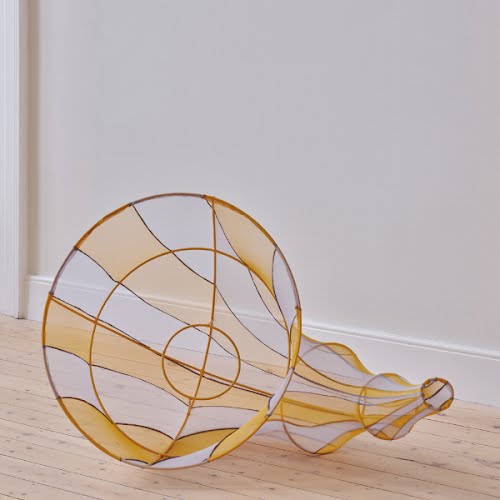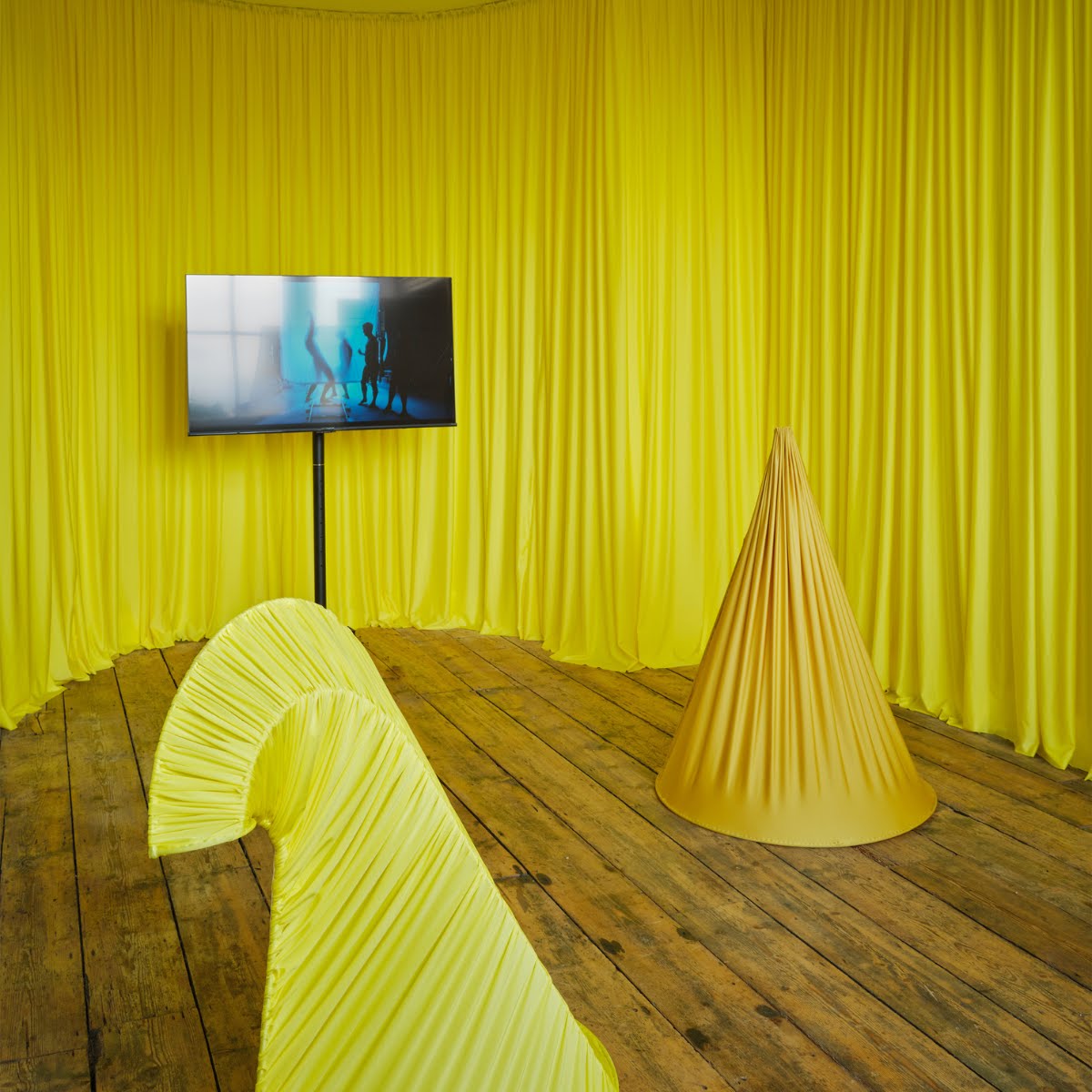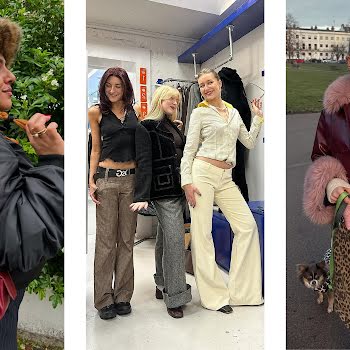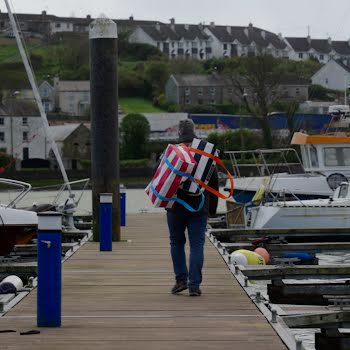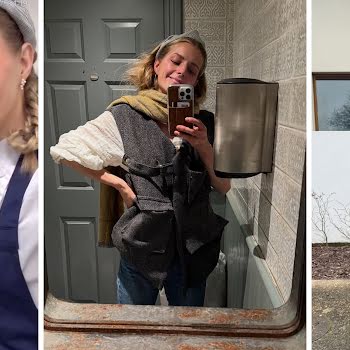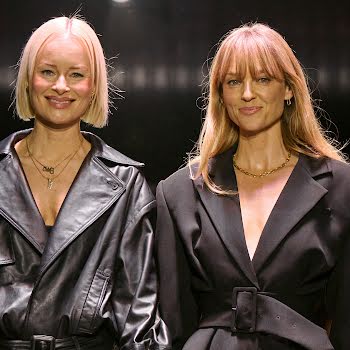
Richard Malone on the intersection of queer and working class narratives in art
A solo exhibition of new works by Richard Malone, A Record of Tenderness, which opened at The Dock in Co. Leitrim last week is a powerful exploration of labour and class. Ruth O’Connor speaks to the artist and designer about their use of sculpture, performance and film in this show where the queer imagination takes centre stage.
Co. Wexford designer and artist Richard Malone is probably best known in Ireland as a fashion designer – their most striking recent collaboration being with iconic artist Björk whose “childlike playfulness and wide-eyed approach” to creativity Malone greatly admires.
However, Malone has long explored a multi-disciplinary practice and their sculptural work has been exhibited at illustrious institutions including The National Gallery of Ireland, The Royal Academy of Art in London and the Metropolitan Museum of Art in New York which commissioned and acquired three pieces for this year’s Sleeping Beauties: Reawakening Fashion exhibition in time for the Met Gala.
Visitors to Malone’s exhibition at The Dock will find several of their meticulously crafted textile assemblages – hand sewn in jersey and canvas – as well as several other textile pieces, drawings and four newly commissioned films of which three are currently on show and one of which will be shown on Culture Night, Friday, September 20.
Using choreographed motion and collective improvisation, the six professional queer dancers in these films respond to the sculptural pieces drawing gestures and forms from historical contexts inspired by Malone’s research earlier this year at the Centre Culturel Irlandais in Paris.
Malone says that they were interested in exploring the telling of queer narratives in a historical and artistic context. “I was interested in looking at sculpture in public institutions and how, at a certain point in history, certain figures would have had their queer identities taken away because there would have been a rise in a certain religion or a rise in the patriarchal view,” they say.
“For example, in the Louvre, there is no mention of the queer relationships of the ancient Greek figures. There was a famous statue of male lovers from ancient Greece Harmodius and Aristogeiton – the sculptures were separated until the 1970s. I’m interested in how we perform the truth of things – because queer history is not just for queer people. Everybody is not getting the truth of history when identities are removed.”
Malone cites iconic creatives throughout history such as Sappho and Michelangelo, Carrivagio and Shakespeare who were known to be bisexual or queer. “It’s this thing that we are still not really talking about, so part of the show is responding to these ideas of power and of how a lot of public sculpture creates an idea of power but it’s not true to the character being depicted,” they say.
“I don’t think culture has massively shifted – I think there are attempts to shift it but I find it interesting to think that, even in an institution like the Louvre, where there was evidence of queer love on ancient Greek pots that they had been turned around to show violence – that’s real evidence of what culture is being directed to.”
Surely things are getting better in terms of representation and presentation in the art world? “I think what happened was that a curator at some point made that decision and curators down through the years haven’t changed that position,” they say.
In creating pieces for this current exhibition, Malone says that they were also interested in exploring the colonial and patriarchal overhangs in Ireland’s education system in terms of what gets taught in institutions here, and, indeed, what is considered to be valuable or worth celebrating and conserving.
“[I started thinking] about my own working-class background and the idea that working-class labour has not been documented in public institutions. Ireland has a strong way of protecting certain crafts – take lacemaking – yet stitch or certain materials are not really recorded, and there’s no evidence of them, so you have this invisible labour everywhere that still constructs a collective identity.”
Malone speaks about skills such as sewing that have been lost in Ireland – even in their lifetime: “I find that very curious when so many other things are protected, particularly in art – things that are quite heavy, permanent and traditional – and that tradition leads back to a history that is very unkind to women and queer people,” they say. “It has not always been like that. We are just told that it is like that. If you go back further there has always been evidence of trans people or women in power. Here in Ireland, for example, there was a matriarchal culture and it’s something that I think we need to engage in to protect.”
There’s reference to historical culture in the silhouettes of the pieces at The Dock which they have constructed using fabric and thread. “I’m interested in the representation of fabric in ancient Greece or colonial Britain. There are all of these figures draped in fabric but the value of the fabric carved in stone is so different from the value of a fabric that has been stitched together.”
“It shows me how seriously people take the colonial language of sculpture. It is a gatekeeping of materiality. Those classical figures carved in stone are taken so seriously but if we look at the bodies that are depicted, it is so obvious that it was queer people making them,” says Malone. “It’s like a gatekeeping of identity standards to eliminate that information. If you teach that and don’t mention it, you’re leaving out a really important part of their lives.”
Malone says that they are comfortable “transitioning between worlds”, and, despite resistance in some quarters to their material sculptures, having major institutions come on board provides a sense that they are going in the right direction.
“It’s great that they are open because for a long time, people weren’t very open to something that was cross-disciplinary, so I feel very lucky,” they say. “It feels that my work sits between two worlds quite comfortably now and even different parts of a museum can understand it and have a reason for putting it in a show.”
How we acknowledge, value or document the people who make things is of interest to Malone who conceptualises but also physically makes their fabric pieces. They speak of the pieces commissioned by The Met Museum in New York for example. which were displayed alongside pieces by Grès, Brancusi, Worth, Schiaparelli and Charles James.
“I made the pieces that I designed for the exhibition myself – that’s what I do, I stitch and sew,” they say. “And I thought it was interesting to see how things are documented. Obviously, my name was beside my objects and that connects me with the labour of my family. But there are brands in there where the designer who’s credited for the work has not sewn the work [themselves] so there is a whole section of people who’ve made the clothing [but whose names are not documented] so it’s not really truthful of who made the clothes.”
Visitors to A Record of Tenderness will see various techniques and materials employed. There are painting techniques and drawings that have stitch or builder’s chalk used as mark-making tools and welded steel that is sewn together and draped like “abstract brushstrokes”. All the lighting has been removed from the space so that the exhibition changes throughout the day.
For Malone, it is important to utilise and celebrate the skills and techniques they learned while working on building sites with their father and to allow “working-class labour” and their personal history growing up with a “complex queer identity” in a working-class environment to “take centre stage and fill the space”.
“It is not about showing images of working-class people and fetishising what it is [to be working-class]. It is to celebrate it and accept it as something I grew up around and which became a tool for me because that’s what I know how to do. The skills that I use haven’t really changed very much and have come from that early relationship to labour.”
They speak about solidarity between members of the working class and queer culture as seen in the ‘Queers Support the Miners’ campaign during the UK miners’ strike in the 1980s. “I’m sure there was animosity on both sides coming from such different cultures but they got along because they understood the importance of everyone having the same rights,” says Malone.
“When you talk about queerness and LGBTQ+ issues, people think it doesn’t relate to straight people but of course it does. It’s the same emotions or the same seeking for protection. It’s about having a space where we can understand each other. The world should exist for everyone.”
The work in this show begs the question, I say, about what skills are considered “art” or “craft” or otherwise; who art and art galleries are supposed to be for and which members of society are excluded from these institutions. Cost of entry is no barrier to the free exhibition at The Dock which will also run various workshops for the duration of the exhibition and Malone believes that the craft or labour on display in the show make it accessible for everyone.
“The labour in the show is very true to the Ireland I grew up in and I think it’s important to make a space where that is celebrated in the same way that sculpture in stone or steel is. Regardless of all of the conceptual reasoning, the labour is a way in – people understand when something is sewn well or painted well.”
Increasingly eschewing the “falseness” of social media, Malone is keen for people to spend time with the exhibition and to think about the research that led to it. “I don’t want it to be just an exhibition that looks sexy in pictures on Instagram,” they say. “You’re very welcome to hate it but I think it is a truthful expression of what I like to do and I am grateful that it is not just in Dublin and that it is serving a community that isn’t always served in the way that cities are.”
In terms of their own LGBTQ+ community, Malone hopes that their research and consequent work ignite a spark of curiosity and creativity: “There is a real overlap between class and queerness that I have found through my research at various institutions, so I hope it sparks a bit of curiosity in the queer community to research, make work, respond and feel that they can take up space in a way that can be completely new and true to their experience.”
Richard Malone A Record of Tenderness runs until October 5 2024 at The Dock in Carrick-on-Shannon, Leitrim.
Acknowledgements:
Still photography: Ros Kavanagh.
Film credits: Richard Malone, Director; Ronnie McQuillan, Cinematographer; Freya Morris, Creative Producer; Cian Redmond, Lighting Assistant/Best Boy; Sonny Mihajlovic, Gaffer; Ezra Lloyd Jackson, Fabrication Assistant; Adam Farrell, Fabrication and Set Assistant.
Performers: Philip Connaughton; Valerie Ebuwa; Ryan Munroe; Isabella Oberlander; Fearghus Ó Conchúir; Ben Sullivan.
A Record of Tenderness is supported by The Arts Council of Ireland Visual Arts Project Award 2024. The exhibition is curated by Linda Shevlin and Mary Conlon, and produced by Laura Mahon and Ray Duffy, with thanks to Terry Markey and the Leitrim Sculpture Centre for technical support.

